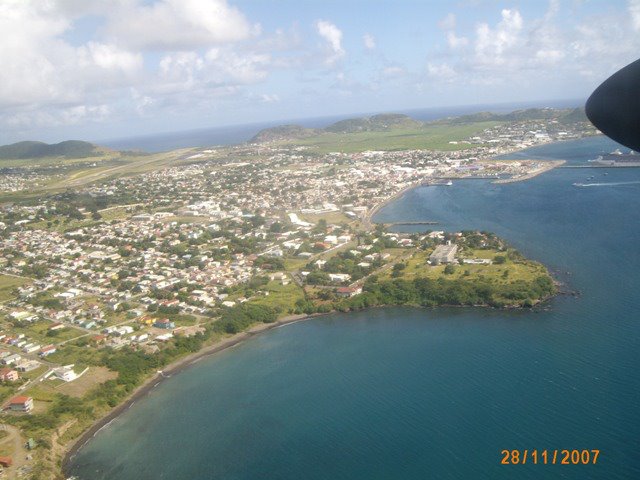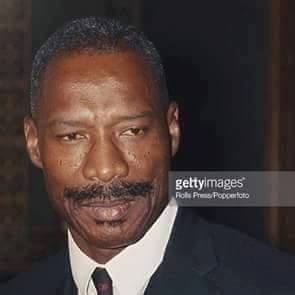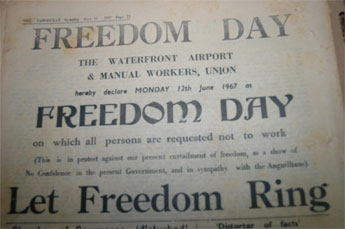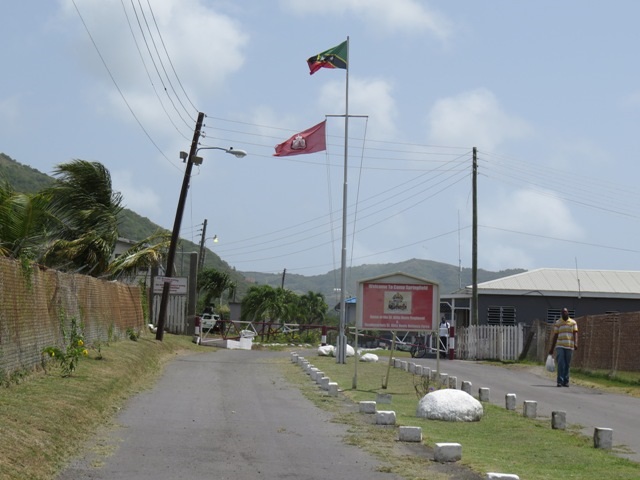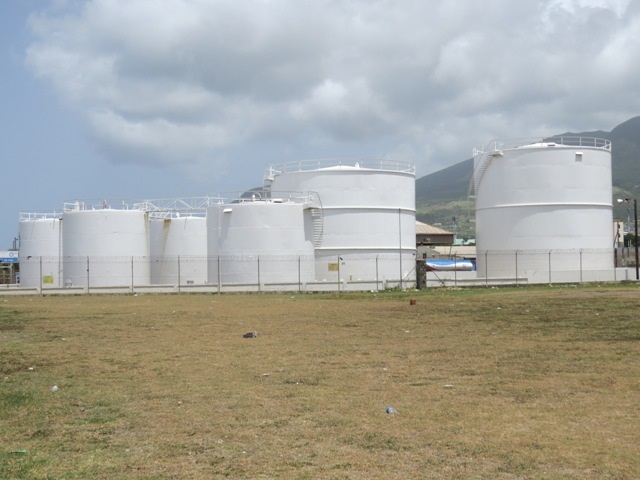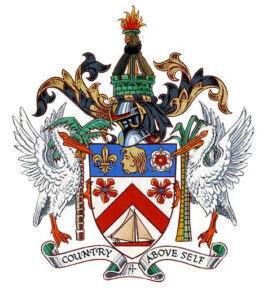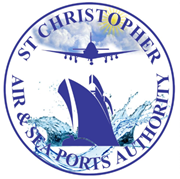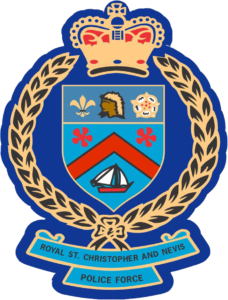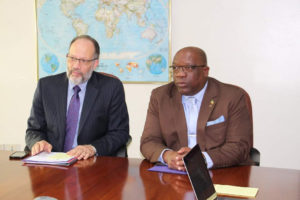Published 10 June 2018
Buckie Got It, St. Kitts and Nevis News Source
By: Media Source
“Anguilla’s Battle for Freedom 1967 – 1969” chronicles failed June 10, 1967 attempt by PAM to overthrow the Bradshaw Government
Basseterre, St. Kitts, June 10, 2018 – The “Anguilla’s Battle for Freedom 1967 – 1969” co-authored by Anguillians Colville L. Petty and A. Nat Hodge, a former Editor of the Democrat Newspaper is dedicated to the heroes and heroines of the Anguilla Revolution, is an offshoot of Anguilla’s Battle for Freedom 1967, which was published in 1987 in commemoration of the 20th Anniversary of the Anguilla Revolution.
The book noted that the high point of the Revolution occurred on 30 May 1967 with the expulsion of the St. Kitts Police. A few days later, on 10th June, 1967, a party of armed Anguillans’ (and three American Mercenaries) landed on St. Kitts and carried out several attacks on the Defense Force Camp at Springfield, the Police Headquarters on Cayon Street in Basseterre and the Needsmust Power Station.
“The landing did not achieve its principal objective, the overthrow of Robert Bradshaw’s Government, but it had the effect of preventing St. Kitts from attacking Anguilla. The Anguilla Revolution ended on 19th March 1969 when British Forces invaded the island and established a British Administration headed by a British Commissioner,” said the co-authors, who said that “Anguilla’s Battle For Freedom 1967 – 1969,” reflects the result of new research primarily through the interviewing of the those persons who were in the vanguard of the revolution and to whom we are greatly indebted.
The book again highlights the role of the opposition People’s Action Movement (PAM) in the rebellion in Anguilla and the failed armed attack on the lawfully-elected Labour Government of then Premier Robert Bradshaw.
“The sole objective of the prominent Kittitian lawyer was the capture of political power and leadership in St. Kitts. He thought it expedient to use the armed ‘might’ and revolutionary fervour of the Anguillian people to assist him in achieving it. Both of them had goals which they envisaged could have been accomplished by defeating their common enemy: Robert Bradshaw,” the co-authors wrote.
“Webster was grossly misled by opposition politicians in St. Kitts into believing that the majority of Kittitians were prepared to take up arms against their government. That illusion, together with his desire to do whatever it took to defend the Anguilla Revolution, convinced him to join forces with Bradshaw’s political enemies despite the advice of among the leadership of the Revolution. They were of the view that Bradshaw had done much good for the sugar workers, the working class of St. Kitts that he could not be removed by armed force,” the co-authors wrote.
Chapter 4 chronicles the armed attack on St. Kitts.
It states on page 84, that the notion of attacking St. Kitts was the brainchild of Ronald Webster and a prominent Kittitian lawyer (Dr. William “Billy” Herbert Jr.).
The plan outlined on page 85 included:
The capture of the Premier Bradshaw and Deputy Premier Paul Southwell, their transfer to Anguilla and the announcement by Reuben (Rubie) Gumbs, over the government-owned Radio Station ZIZ in St. Kitts that the prominent Kittitian lawyer (Billy Herbert) was the new Premier.
The destruction of the Defense Force Camp, the capture of the Police Headquarters and the shutting down of the Power Station, all located in the St. Kitts capital of Basseterre.
The destruction of the island’s fuel depot situated in eastern Basseterre. The reasoning was that the setting on fire of the gasoline tanks would cause the police, the Fire Brigade and the people of Basseterre to concentrate all of their efforts and resources on preventing a major catastrophe, thus leaving Basseterre unprotected and making it easier for the Anguillians and the opposition forces in St. Kitts to occupy and
The capture of the Revenue Cutter (used by the Police), the holding of its crew as prisoners and the takeover of the commercial banks in St. Kitts.
The co-authors said the detailed planning for the attack was worked upon in Anguilla and St. Kitts and discussed in St. Thomas, U.S. Virgin Islands, with two Anguillians, Reuben (Rubie) Gumbs and Clarence Rogers, who were to spearhead it.
To quote Clarence Rogers: The Kittitian lawyer discussed the detailed in St. Thomas with me and Rubie. While in Anguilla, the Kittitian lawyer also discussed the plan with Joshua Gumbs who recalled:
“At about 10 ‘o’ clock one morning in the early June 1967, the Kittitian lawyer, passed by Lewis Haskin’s machine shop, in Corito where I was doing repair work on some engines, and ask me to captain the boat which was to take the men to carry out the attack on St. Kitts,” said the book in one of the seven chapters.
The co-authors stated that the information is as a result of extensive interviews with most of the men who took part in the attack, but while the names of the Anguillians are mentioned “the names of the Kittitians who were involved in the attempted coup have been withheld out of concern for their safety and that of their relatives.”
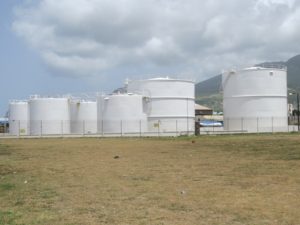
Photo 1 – The oil bulk tanks at New Town
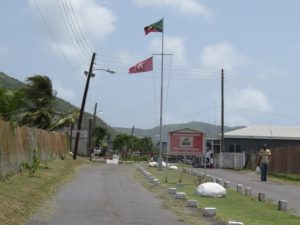
Photo 2 – Entrance to Camp Springfield
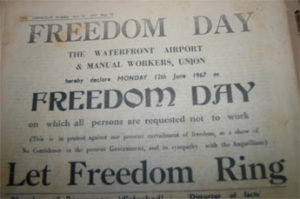
Photo 3 The Democrat of Saturday June 10, 1967 declaring Monday June 12, 1967 a public holiday in anticipation that the attempted coup would have been successful
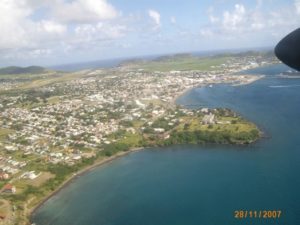
Photo 4 – St. Kitts
*********************************************************************************************
DISCLAIMER
This article was posted in its entirety as received by BuckieGotIt.com. This media house does not correct any spelling or grammatical error within press releases and commentaries. The views expressed therein are not necessarily those of BuckieGotIt.com, its sponsors or advertisers


